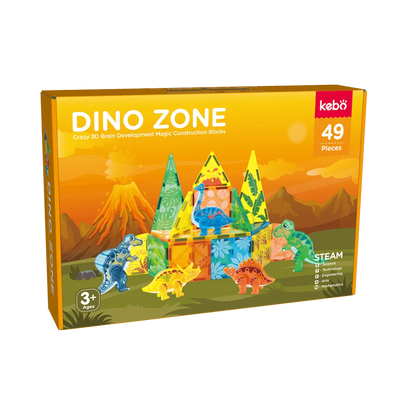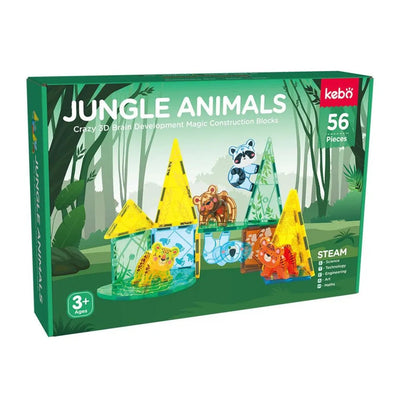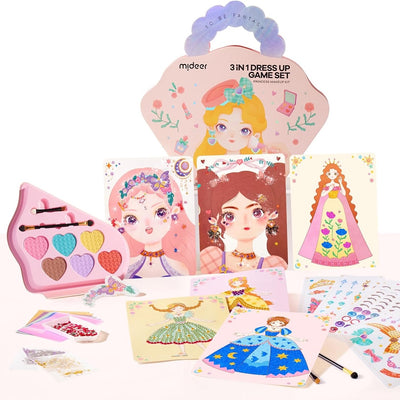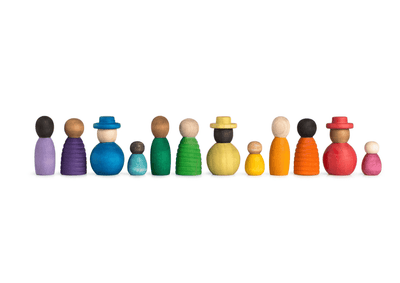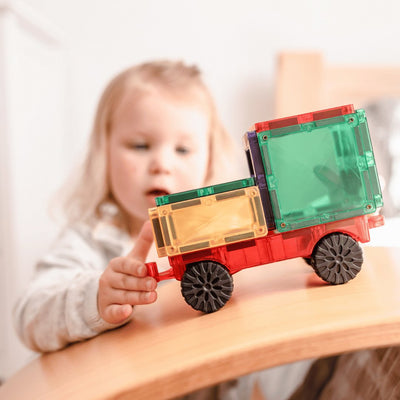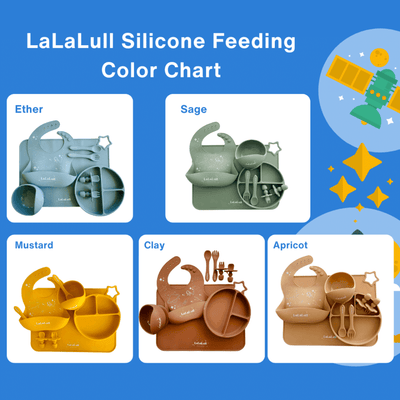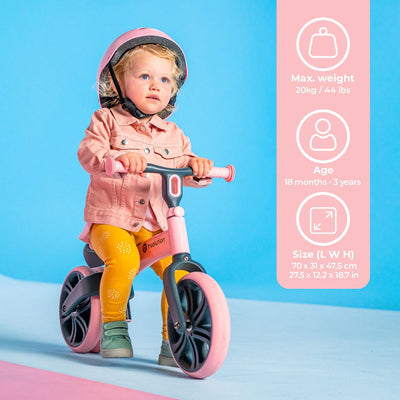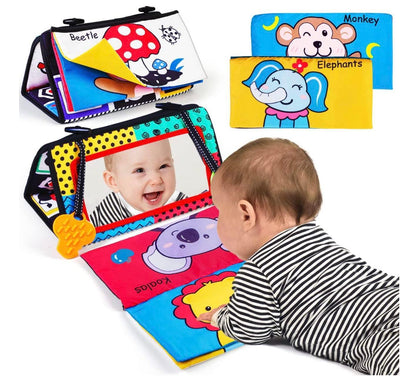Teaching toddlers to self-feed is a significant milestone in their development. It's not just about independence; it's a complex learning process that involves coordination, sensory exploration, and a bit of patience (a lot, actually, from both toddlers and parents). Silicone feeding sets have become the go-to solution for many Australian families, thanks to their safety, ease of cleaning, and fun designs that engage little ones. Here are five top tips to make the transition to self-feeding seamless and mess-free with the help of Australia's finest silicone feeding sets.
Introduction to Self-Feeding
Self-feeding is an essential skill that toddlers learn as they grow. It promotes fine motor skills, independence, and understanding of food textures and tastes. Silicone feeding sets, recognized for their flexibility, non-toxic material, and colorful appeal, are excellent tools in facilitating this important developmental stage.
🥄 Tip 1: Choose the Right Tools
Selecting appropriate utensils is crucial for a positive self-feeding experience.
Non-Slip Bases: Opt for silicone plates and bowls with suction bases to keep them securely in place.
Easy-to-Grip Utensils: Silicone spoons and forks, especially designed for tiny hands, facilitate easier gripping and control.
Divided Plates: Sections in plates can simplify food accessibility, aiding in self-feeding efficiency.
LaLaLull Anti-Choking Spoon and Fork: LaLaLull anti-choking spoon and fork, designed with safety in mind to prevent choking hazards while encouraging self-feeding skills.
The right baby feeding set, particularly one that prioritizes safety and ease of use, can significantly encourage your toddler to explore self-feeding with enthusiasm and confidence.
🍏 Tip 2: Start with Finger Foods
Finger foods are an excellent way to promote independence during mealtime.
Soft and Safe: Choose foods that are soft and easy for your toddler to pick up and chew.
Variety: Provide various colors and textures to stimulate interest and sensory exploration.
Self-Discovery: Allow your child to interact with different foods at their pace, fostering a sense of curiosity and discovery.
Introducing a diverse range of finger foods can make self-feeding an exciting and educational activity, encouraging toddlers to experiment with tastes and textures.

🎨 Tip 3: Make Mealtime Fun
Transforming mealtime into an enjoyable activity can greatly motivate your toddler to self-feed.
Colorful Presentation: Leverage the appealing colors of silicone feeding sets to captivate your toddler's interest.
Interactive Meals: Encourage playful interactions with food, like dipping and stacking, to make eating a fun experience.
Positive Reinforcement: Applaud their efforts and successes, reinforcing the joy and pride in self-feeding.
A positive and entertaining eating environment is key to encouraging toddlers to engage in self-feeding without feeling pressured.

💧 Tip 4: Embrace the Mess
Accepting that mess is part of the learning process is vital for a stress-free transition to self-feeding.
Silicone PlaceMats: Place mats under plates and bowls to catch spills, minimizing cleanup. Opt for silicone feeding products from reputable brands, designed to endure high temperatures, making them suitable for both dishwasher use and sterilization.
Dress for Success: Utilize long-sleeved bibs or smocks to protect clothing.
Silicone Bowl and Plate with Suction Base: Implement the use of silicone bowls and plates with suction bases to reduce spills and keep meals contained.
Patience and Encouragement: Recognize that messiness is a natural aspect of learning to self-feed and encourage exploration and experimentation.
Embracing the mess and equipping your dining area with the right tools, like silicone bowls and plates with suction bases, can make mealtimes less about cleanup and more about discovery.
🕒 Tip 5: Be Patient and Consistent
Patience is a cornerstone of teaching toddlers new skills, including self-feeding.
Regular Practice: Offer daily opportunities for self-feeding to build familiarity and skill.
Gradual Introduction: Slowly integrate new foods and utensils to keep the experience positive and manageable.
Lead by Example: Share meals as a family, demonstrating self-feeding behaviors for your toddler to mimic.
With consistent practice, a patient approach, and the right feeding tools, your toddler will gradually become more comfortable and proficient in self-feeding.
Conclusion: Celebrating Independence
Navigating the path to self-feeding with silicone feeding sets is a journey filled with learning, laughter, and a little bit of chaos. By choosing safe and appropriate tools like the LaLaLull anti-choking spoon and fork, embracing the educational mess, and maintaining a patient and consistent approach, you'll facilitate a smooth transition for your toddler towards independent eating. Remember to cherish these moments of growth and discovery, as each small step is a leap towards independence.
